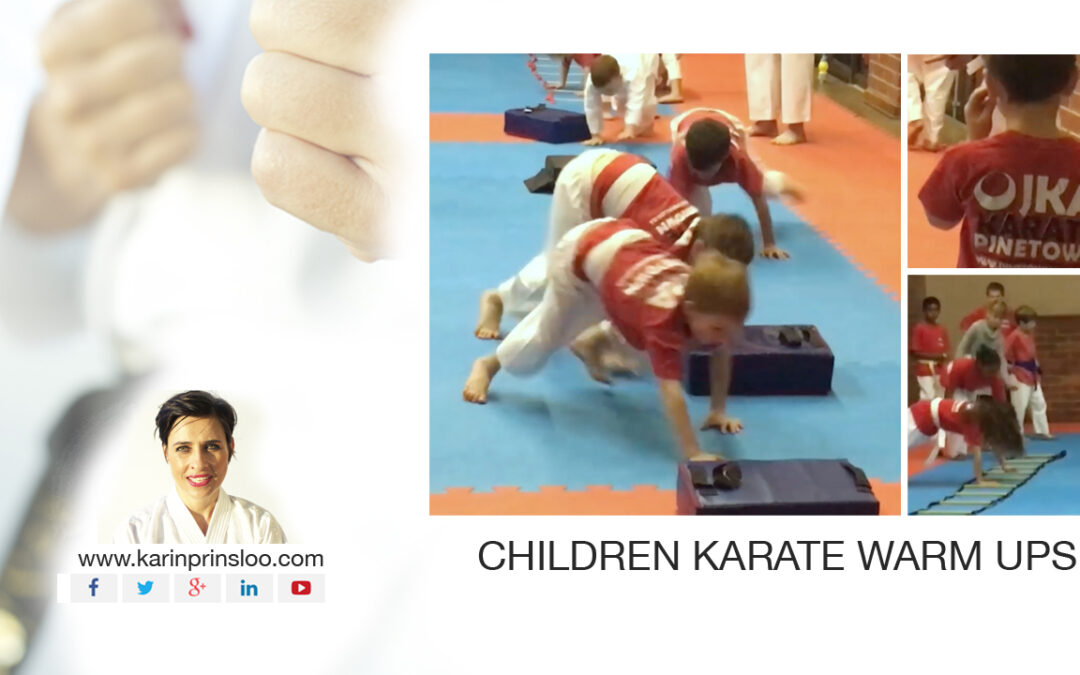
Children Karate Warm Ups – Karrinyup Karate – Stirling Karate
Karrinyup Karate – 2 Nerita Way – Stirling Karate
Karate warmup for children aiding in development.
To be able to teach young children karate, the instructors will need to understand something about child development and structure the classes in such a way as to accommodate, compliment and reinforce this.
A good warm up can be used to address a lot of these important aspects.
The following needs to be taken into consideration:
Physical Development 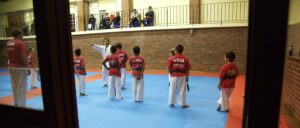
Design warm ups for children not only for preparing the body for karate, but to improve skills such as coordination, agility, speed, power, core strength and flexibility.
Intellectual Development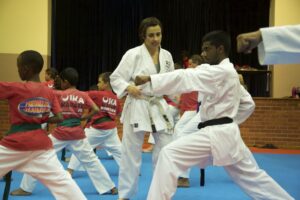
The young child’s mind is like sponge when it comes to soaking up information. They love learning new things. Remembering sequences, patterns and following instructions stimulates intellectual development. E.g. Performing the ladder drills while the line is moving fast, enhances focus and concentration.
Emotional Development 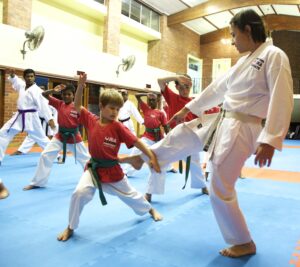
Young children relates better to “feel” rather than “reason”. Exercises must “feel” like fun to do. They still will be developing their understanding of feelings. This is a vitally important skill which will aid them in eventually becoming well-balanced adults. Instructors should show constant support and offer plenty of reassurance to the children, helping them to develop their confidence and sense of self.
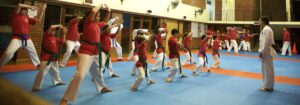
Social Development
Any form of group learning or exercise is a “social experience”, wherein the young child will not only be learning the subject being taught, but also certain aspects of interpersonal skills and teamwork. This is where they learn about responsibility, discipline and good manners. To ”wait their turn” and use “please” and “thank you” (and “Oss”) etc. They will also learn about the appreciation of law and order.
In conclusion: Young children has energy, a short attention span, learn quickly and love games. This means train in a safe environment, short (30/45min), focus on “doing”, plenty variety and must be fun. Design and pre-plan your warm-ups around these aspects and great results will show..
References:
Prof. J R Lee-Barron PhD FIMAS
President, Institute of Martial Arts and Sciences
Dean, Faculty of Martial Arts
www.institute-of-martialarts-and-sciences.com

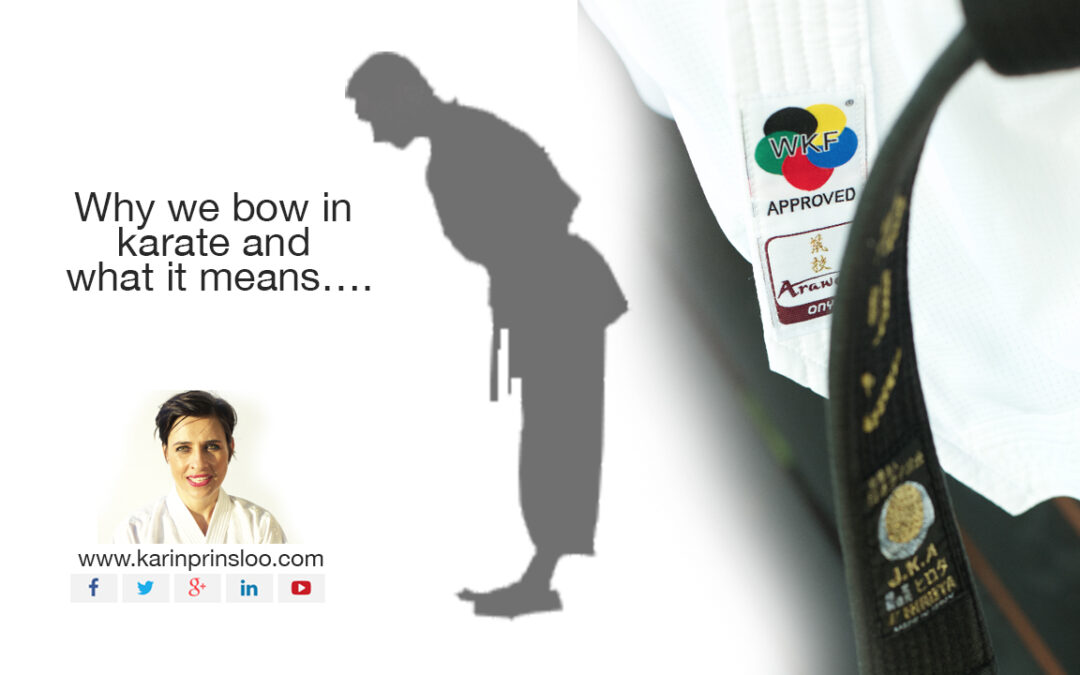
 Bowing is probably the feature of Japanese etiquette that is best known outside Japan, especially present in Japanese Martial Arts such as Karate.
Bowing is probably the feature of Japanese etiquette that is best known outside Japan, especially present in Japanese Martial Arts such as Karate.